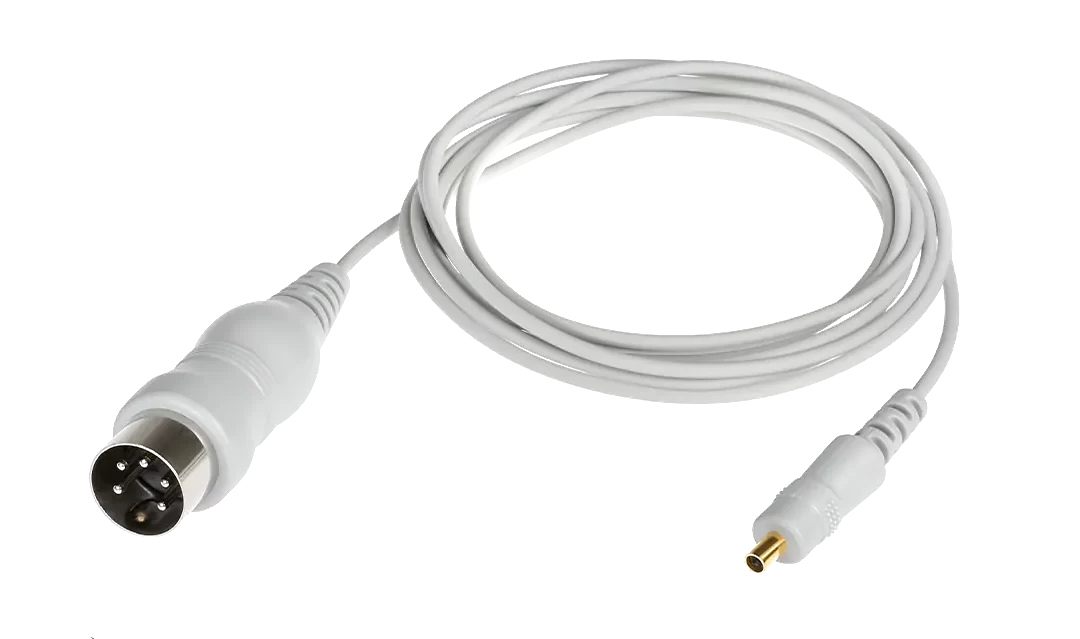Concentric EMG Electrode
Features:
- Precise signal and zero baseline
- Ultra sharp and smooth penetration
- Ergonomic design
- Made of stainless steel with high level of strength


Effortless oppening

Easy to open
Connection Cable
Features:
- Precise signal transfer
- 5 pin standard connector (compatible with any EMG machine)
- Highly flexible
- Reusable
- Length : 150 cm
- Durable design






